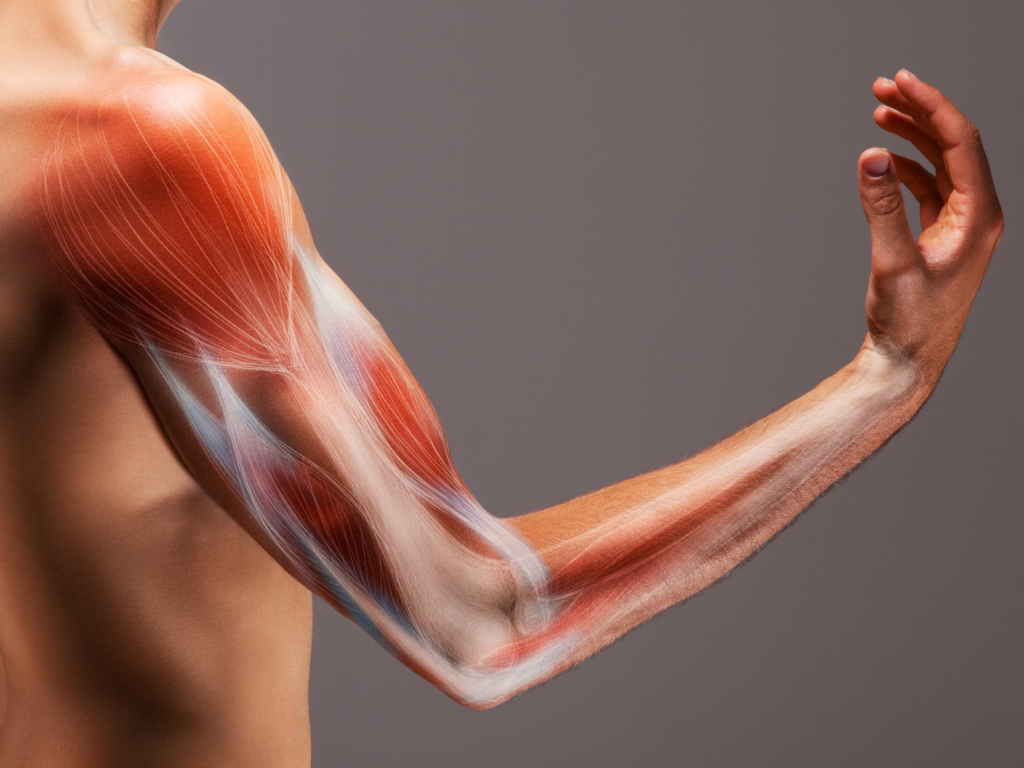
table of contents
Stem cell aging in muscle regeneration and disease: clinical applications at the Helene Clinic
Muscle makes up 30-40% of a healthy body weight and is essential for voluntary movement. Mature muscles are composed of multinucleated cells called myofibers. Myofiber formation relies on the proliferation, differentiation, and fusion of muscle progenitor cells derived from muscle stem cells (MuSCs). These stem cells are located on the surface of the muscle fibers but below the basement membrane and play an important role in postnatal muscle maintenance, growth, repair and regeneration.
In adult quiescent muscles, MuSCs are normally in a quiescent state of mitotic arrest, but are rapidly activated after muscle injury. However, physiologically and over time, MuSCs undergo senescence and their regenerative capacity decreases. In pathological situations, repetitive muscle injury can accelerate the aging of MuSCs and prematurely impair their regenerative capacity.
Role of MuSCs in muscle regeneration
MuSCs are essential for muscle regeneration. When muscles are injured, these stem cells are activated from a quiescent state to proliferate and differentiate to form new muscle fibers and repair damaged tissue. This ability to regenerate is important for maintaining muscle function throughout life.
Stem cell aging: physiological and pathological situations
Aging is a natural process that affects all cells, including MuSCs. As MuSCs age, their proliferation and differentiation capacity decreases, and their regenerative capacity decreases. In pathological situations, cumulative damage such as repetitive muscle injury can accelerate the aging of MuSCs and further impair muscle regeneration.
Clinical applications and future prospects of Helene Clinic
In summary, increasing understanding of MuSCs aging and its impact on muscle regeneration provides new opportunities for clinical applications. Helene Clinic is committed to leveraging these scientific discoveries to develop innovative stem cell treatments that improve muscle health and improve patients' quality of life.
References
Stem Cell Aging in Skeletal Muscle Regeneration and Disease
Hiroyuki Yamakawa 1 2, Dai Kusumoto 1 2, Hisayuki Hashimoto 1 2, Shinsuke Yuasa 1
Affiliations expand
